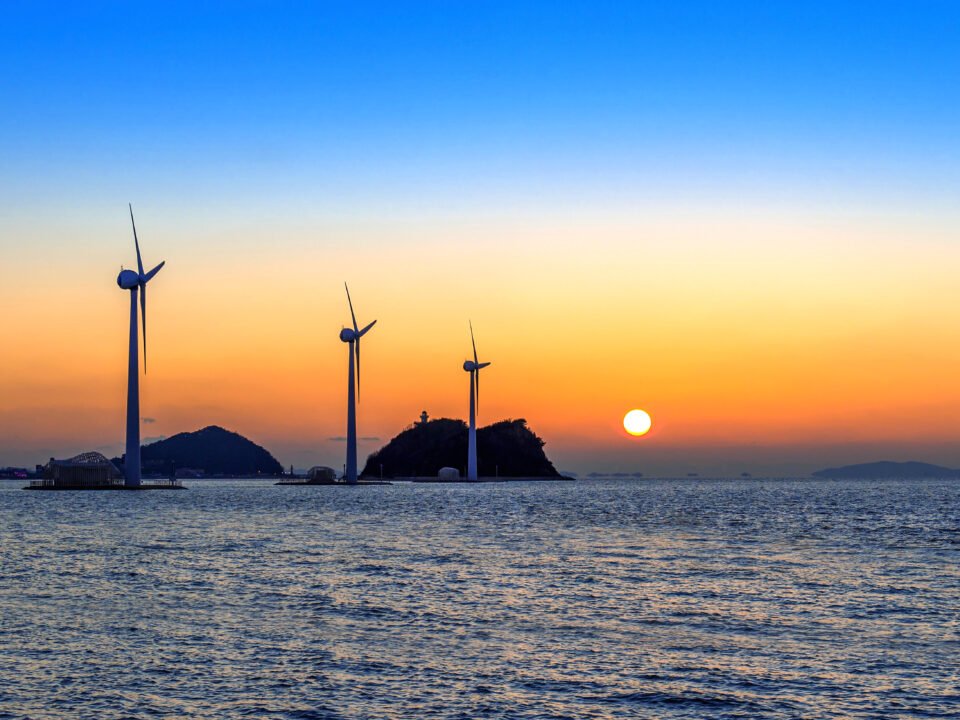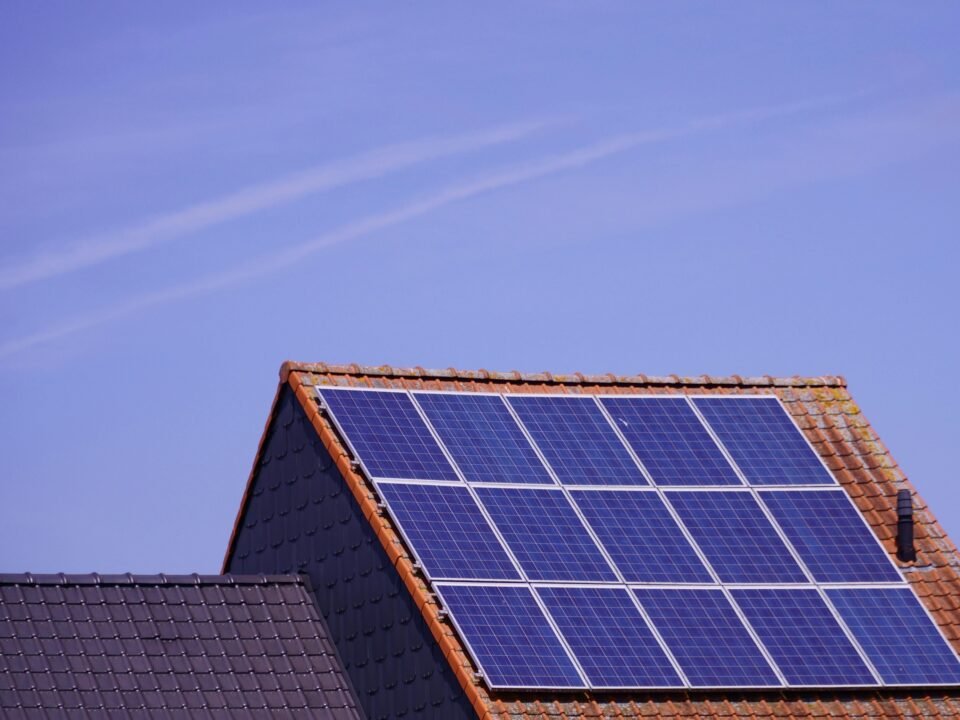As the world grapples with climate change, energy crises, and growing power demands, the search for clean, sustainable energy has never been more urgent. Fossil fuels, once the cornerstone of industrial development, are finite and environmentally damaging. The solution? Turning to inexhaustible resources—natural sources of energy that are constantly replenished and will not run out on a human timescale.
Inexhaustible resources not only offer a path to a cleaner, more sustainable future, but they also represent an opportunity for innovation, economic growth, and energy independence. Below, we explore the top five inexhaustible resources that could shape the future of energy on our planet.
1. Solar Energy
When it comes to inexhaustible resources, solar energy tops the list. Every hour, the Earth receives more energy from the sun than humanity uses in a year. That’s a staggering fact—and a powerful incentive to harness this abundant resource.
Solar panels convert sunlight directly into electricity using photovoltaic (PV) cells. These systems can be deployed at multiple scales, from rooftop installations on homes to massive solar farms spanning thousands of acres. Advances in battery storage technology are also solving the intermittency problem—ensuring that solar power can be used even when the sun isn’t shining.
Notable innovations include transparent solar cells (which could turn windows into power sources) and space-based solar power concepts, where solar collectors orbit Earth and beam energy back down via microwaves.
As costs continue to fall and efficiencies improve, solar energy remains the most promising and accessible of all inexhaustible resources.
2. Wind Energy
Wind is another one of the most powerful inexhaustible resources we have at our disposal. Caused by the uneven heating of the Earth’s surface, wind patterns are essentially endless, making them an ideal source of renewable energy.
Modern wind turbines, both onshore and offshore, are capable of generating vast amounts of electricity. Offshore wind farms, in particular, have seen explosive growth in recent years, thanks to stronger and more consistent winds over open water.
Countries like Denmark, the UK, and Germany are already deriving significant portions of their national electricity from wind. Innovations like airborne wind turbines (which float high in the atmosphere to access stronger winds) and bladeless wind turbines (which vibrate to generate power) are expanding the technology’s reach and feasibility.
Wind energy is non-polluting, land-efficient (especially offshore), and well-suited to hybrid systems that combine it with solar or other renewables.
3. Hydropower
Hydropower, derived from the movement of water, has been harnessed for centuries and remains one of the most reliable forms of inexhaustible energy. While traditional dams like the Hoover Dam have their limitations—environmental concerns and geographic constraints—newer technologies are expanding hydropower’s potential.
Run-of-the-river systems, which divert only a portion of water flow and don’t require massive dams, offer a less invasive option. Additionally, pumped-storage hydropower acts as a kind of “battery,” storing energy by pumping water uphill when demand is low and releasing it during peak periods.
Ocean-based technologies such as tidal and wave energy are also gaining momentum. Tidal currents, driven by gravitational interactions with the moon, are highly predictable and offer immense energy potential. Although these systems are still in development, they represent a future-forward evolution of hydropower that taps into the ocean’s inexhaustible motion.
4. Geothermal Energy
Geothermal energy taps into the Earth’s internal heat—a source of power that’s truly inexhaustible on human timescales. Beneath our feet lies a vast, continuously replenished reservoir of thermal energy, produced by radioactive decay and the residual heat from the planet’s formation.
Geothermal plants typically operate by pumping water into hot rock formations underground and using the resulting steam to drive turbines. These systems produce electricity 24/7, unlike solar and wind, which are weather-dependent.
Enhanced Geothermal Systems (EGS) represent the next generation of this technology. EGS involves artificially creating reservoirs in hot, dry rock to extract geothermal heat from places previously considered unsuitable. Countries like Iceland, which sits atop a tectonic hotspot, already get over 25% of their electricity from geothermal sources.
With global potential in the tens of terawatts, geothermal energy stands out as a consistent and virtually limitless inexhaustible resource.
5. Biomass and Bioenergy (When Sustainably Managed)
While not inexhaustible in the strictest scientific sense, sustainably managed biomass can act like an inexhaustible resource. Biomass refers to organic materials—like agricultural waste, wood chips, or algae—that can be converted into heat, electricity, or biofuels.
When grown and harvested responsibly, and when regrowth matches or exceeds consumption, biomass can be part of a closed carbon loop. Innovations in second-generation biofuels, algae-based systems, and waste-to-energy technologies are expanding the scope and sustainability of bioenergy.
The key challenge lies in ensuring biomass production doesn’t compete with food crops, degrade ecosystems, or contribute to deforestation. With the right governance and sustainable practices, bioenergy can complement other inexhaustible resources to build a flexible, low-carbon energy grid.
Why Inexhaustible Resources Matter
Transitioning to inexhaustible resources is more than an environmental imperative—it’s a pathway to long-term energy security, economic resilience, and social equity. Here’s why they matter:
- 🌍 They drastically reduce carbon emissions.
- ⚡ They offer energy independence from geopolitically sensitive fossil fuel sources.
- 💼 They create jobs in engineering, manufacturing, installation, and research.
- 🔋 They are key to building a decentralized, resilient power grid.
Moreover, inexhaustible resources are abundant across the globe, which means developing nations have an opportunity to leapfrog traditional fossil-based energy infrastructure and go straight to renewables.
Final Thoughts
Inexhaustible resources—solar, wind, water, geothermal, and sustainable biomass—are not just theoretical solutions. They are real, rapidly advancing technologies that are already reshaping how we produce and consume energy.
As governments, businesses, and individuals seek to reduce emissions and stabilize energy costs, investing in these sources is not just wise—it’s essential. The future of power is clean, renewable, and inexhaustible.
The question is not whether we should transition, but how fast we can make it happen.



